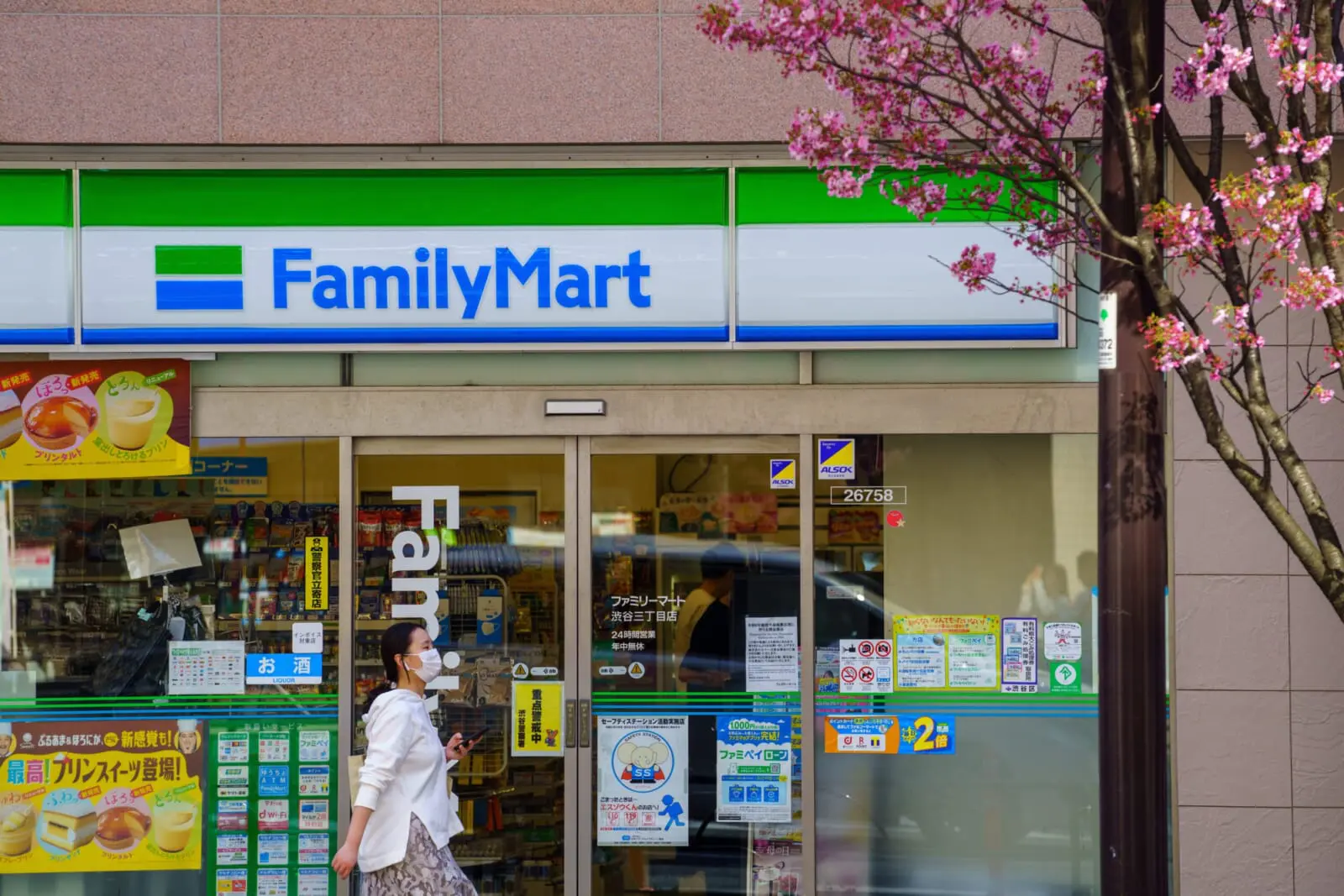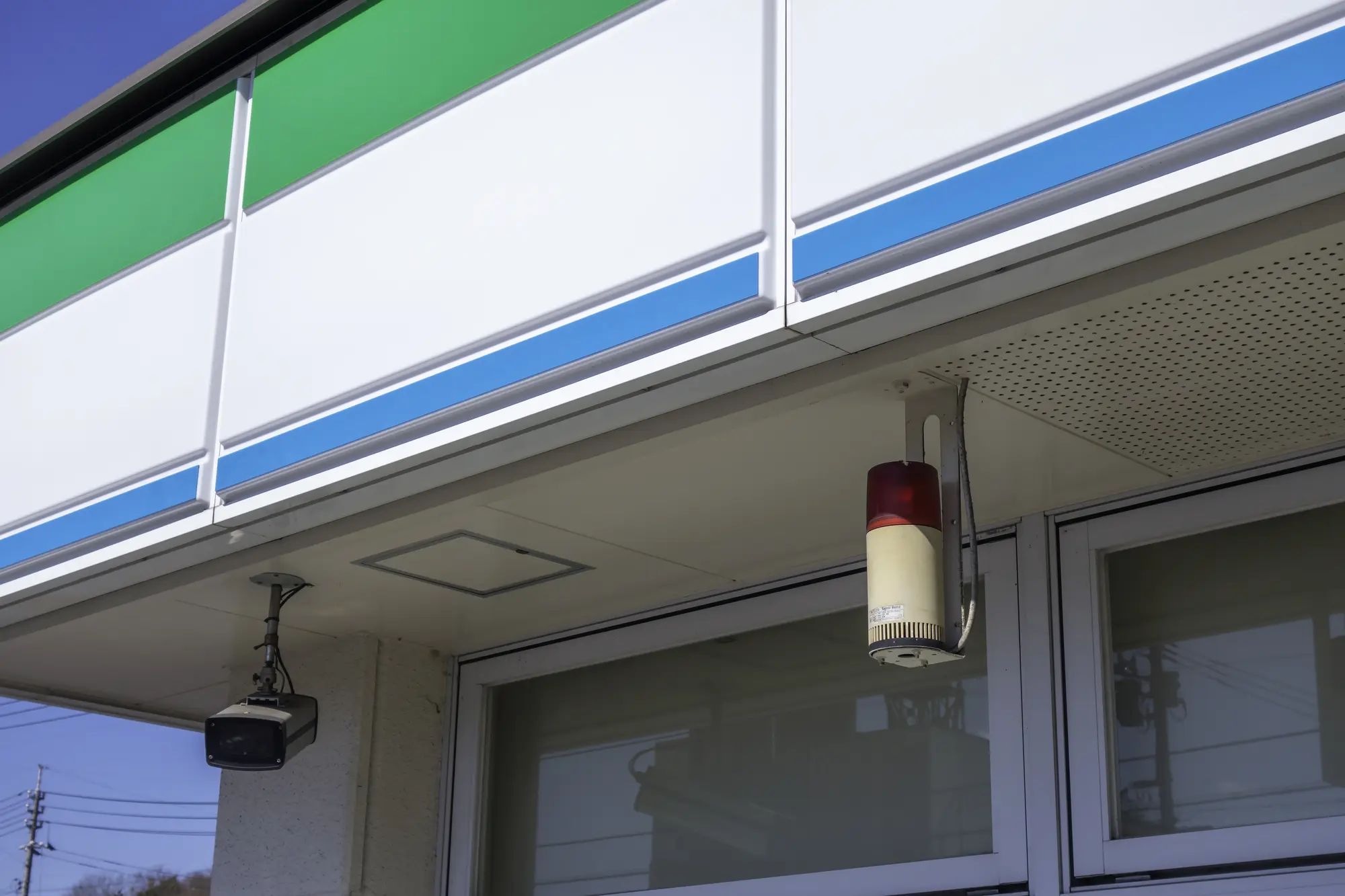In a surprising move, Family Mart has announced it will close 2,000 of its eat-in spaces across Japan by the end of the year. The convenience store giant plans to repurpose the space to expand its retail offerings, but the decision has left many customers disappointed.
For years, these eat-in areas have been a lifeline for busy commuters, students and anyone in need of a quick, affordable meal in between errands. Whether it’s scarfing down an onigiri before catching the next train or taking a moment to sip coffee after a long day, these spaces have quietly served as oases in Japan’s fast-paced urban lifestyle.

A Convenience Culture Staple
Japan is often heralded for its unmatched convenience culture, and nowhere is this more evident than in its konbini, or convenience stores. Family Mart, along with competitors like Lawson and 7-Eleven, is at the heart of this ecosystem, offering everything from hot meals and cold drinks to stationery, toiletries and even concert tickets. These shops have become so woven into the daily routine that it’s hard to imagine life without them.
The eat-in corners were an extension of that culture, catering to the needs of anyone who didn’t have time to sit down at a café or restaurant. They were spaces for the in-between moments, the pauses that punctuate the rush of daily life. The beauty of it lay in its simplicity: grab, sit, eat and go.
Take a walk through any major city in Japan, and you’ll likely see business people hunched over instant noodles, students eating onigiri between study sessions and travelers refueling with bottled coffee before continuing their journeys. These spaces were never meant to be glamorous, but they served their purpose: offering a convenient, no-frills place to eat, rest and briefly escape the frenetic energy of urban life.
In a society where time is precious and efficiency is king, the eat-in spaces at Family Mart were perfectly aligned with the rhythms of modern Japan. Removing them feels like more than just the elimination of a few seats — it feels like the erasure of a small, but significant, layer of the convenience store experience. It’s a quiet shift, but one that speaks volumes about the direction in which the industry is moving.
The Online Backlash
When the announcement was made, the reaction online was immediate. Social media sites were flooded with responses. “Where am I supposed to eat now?” one user on X lamented, while another expressed disappointment, stating, “This will affect a lot of people.”
It’s easy to see why so many are upset. These spaces weren’t just functional — they represented a form of community, however fleeting. Regular customers knew the spots well, popping in for a quick solo bite and perhaps catching familiar faces doing the same.
In densely packed cities, where space is at a premium and dining options often come with a hefty price tag, Family Mart’s eat-in areas provided an affordable alternative for those who needed to stop for a quick recharge. They were quiet hubs of everyday life, woven seamlessly into the urban fabric. Now, that fabric is fraying just a little, and people are feeling the loss.
Why Now?
So, why is Family Mart making this change? The chain store has explained that it wants to increase its retail offerings. More space means more products on shelves, and more products are likely to mean more sales. It’s a simple equation and makes sense from a business perspective. The convenience store industry is fiercely competitive, and with more people turning to online shopping, chains like Family Mart are under pressure to innovate and expand their in-store offerings.
In many ways, though, the removal of eat-in spaces signals a shift in priorities, one where customer comfort is being exchanged for more retail space. As Japan’s convenience stores continue to evolve, it raises questions about how much of the customer experience will be sacrificed in the name of profits.
The Bigger Picture
The closure of Family Mart’s eat-in spaces may seem like a minor inconvenience at first glance, but it hints at a broader trend in Japan’s convenience store culture. With the rise of online shopping and delivery services, brick-and-mortar stores are increasingly looking for ways to stay competitive. Expanding product lines and optimizing store layouts are one way to do that, but at what cost?
For many, Family Mart’s eat-in spaces were a hallmark of what made Japanese convenience stores so special — they weren’t just shops, but spaces that catered to the needs of everyday people in a way that was both efficient and thoughtful. The removal of these spaces feels like a step away from that ideal.
While the new retail space may bring more products and more profit, it’s hard not to feel like something important is being lost in the process. In a country that prides itself on efficiency and convenience, sometimes the most valuable commodity is not what’s on the shelves, but the space to pause, eat and take a breath.
Many will miss these small sanctuaries of convenience, and Japan’s already fast-paced urban life may feel just a little bit faster.









